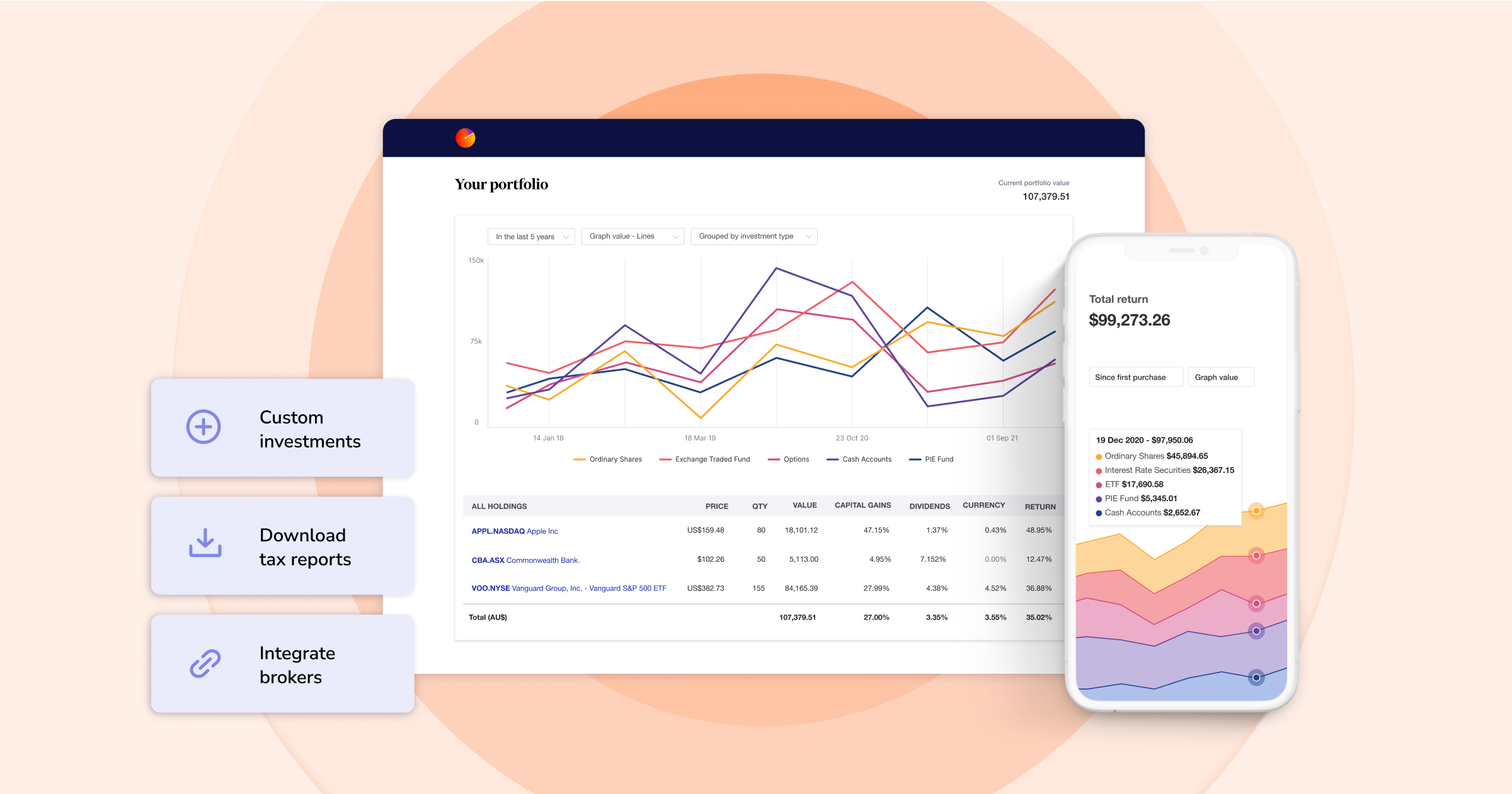Global investing: Beyond the 'magnificent seven'
Disclaimer: This article is for informational purposes only and does not constitute a specific product recommendation, or taxation or financial advice and should not be relied upon as such. While we use reasonable endeavours to keep the information up-to-date, we make no representation that any information is accurate or up-to-date. If you choose to make use of the content in this article, you do so at your own risk. To the extent permitted by law, we do not assume any responsibility or liability arising from or connected with your use or reliance on the content on our site. Please check with your adviser or accountant to obtain the correct advice for your situation.
Earlier this month, we had the pleasure of hosting a panel event alongside Tiger Brokers, discussing global investing beyond the 'magnificent seven' (aka. Meta, Amazon, Apple, Netflix, Alphabet, Microsoft and NVIDIA). Panellists include Kanish Chugh, Camilla Love and Jack Liang; who touched on topics including how to diversify, what global investors need to know from a tax perspective, and why many Australian companies struggle to succeed in global markets.
We would like to thank everyone who attended the panel in person, as well as those who joined us for the livestream, and of course our expert panellists. For those of you who were unable to attend, we give a brief summary of some of the key points in this blog.
 Pictured (left to right): Kanish Chugh of ausbiz, Camilla Love of Perennial Partners/Alpencrest Capital, Prashant Mohan of Sharesight and Jack Liang of Tiger Brokers.
Pictured (left to right): Kanish Chugh of ausbiz, Camilla Love of Perennial Partners/Alpencrest Capital, Prashant Mohan of Sharesight and Jack Liang of Tiger Brokers.
How to diversify your portfolio beyond the ‘magnificent seven’
- In Australia, the most popular investment assets tend to be property and direct shares, but there are so many other opportunities that investors are missing out on. For example, many Australian investors are overweight in RIO and BHP but they’re quite underweight in small and mid-cap opportunities.
- US treasury ETFs are one example of a very low-risk fixed income asset.
- Gold is also an underrated asset, and one good way to buy into it is through a physical gold ETF. This asset type provides your portfolio with insurance, as it’s something that will be potentially uncorrelated to the rest of your portfolio. It has had strong returns in an environment of high inflation, market uncertainty and geopolitical tensions.
- There is also a big push around green assets at the moment — things like copper, uranium, lithium and hydrogen. There has especially been a lot of discussion around hydrogen since COP27, but as an investment asset it hasn’t gone far. However it is a long-term solution and when we’re investing in green assets, we need to take a long-term view.
Why Australian companies struggle to go global
- One issue for Australian companies looking to break into other markets is that there are cultural differences, such as with our next door neighbour, Asia. Their retail market is also completely different to ours. Therefore, expansion isn’t guaranteed and it’s very expensive.
- On the other side, there are many US companies that have tried to expand to Australia but they end up retreating back to the US market because Australia is an expensive place to have a business.
- The founder of Canva has said that the current environment doesn’t lend itself toward tech companies and foreign companies coming to Australia.
- If you want a high valuation, you will need the US venture capital market. Unfortunately, Australia is not currently designed for the start-ups of the world, especially those like Atlassian and Canva — they’re going to go to the US and they’re going to be worth a lot more than they would be if they were listing on the ASX.
- If you’re a small Australian company looking for success in the US, your market cap has to be very high to get onto the NASDAQ. For this reason, a lot of companies are looking at the ASX and the LSE to backdoor into their listing because they don’t make it onto the NASDAQ. They need liquidity to actually continue their growth. The American stock exchanges aren’t giving access to capital to those medium-sized businesses, meaning they can’t grow to their potential.
What global investors need to know about tax
- When purchasing an asset in a foreign currency, the FX rate is very important.
- You need to read the fine print when investing in overseas markets because FX is an area where somebody else is usually making a profit.
- Sharesight is a platform where you can record your FX rate. Tiger Brokers is a little different to other platforms — it converts the asset value from AUD to USD first. This means there is a very clear cutting point where your assets are in USD. Then this data transfers to the Sharesight platform and records the FX fluctuation. When you convert it back you’ve got a very clear cutting point, which accountants will love.
Become a smarter investor with Sharesight
If you’re not already using Sharesight, what are you waiting for? Join hundreds of thousands of investors worldwide using Sharesight to see the true performance of their portfolio, save time on tax reporting and get the insights they need to make smarter investment decisions.
Sign up for a free Sharesight account and start tracking your performance and tax today.

FURTHER READING

You can time the market – and ETFs are the way to do it
Marcus Today founder and director Marcus Padley discusses timing the market, and how investors can do this using exchange-traded funds (ETFs).

Morningstar analyses Australian investors’ top trades: Q1 2025
Morningstar reviews the top 20 trades by Australian Sharesight users in Q1 2025, and reveals where their analysts see potential opportunities.

Sharesight product updates – April 2025
This month's focus was on improving cash account syncing, revamping the future income report and enabling Apple login functionality.